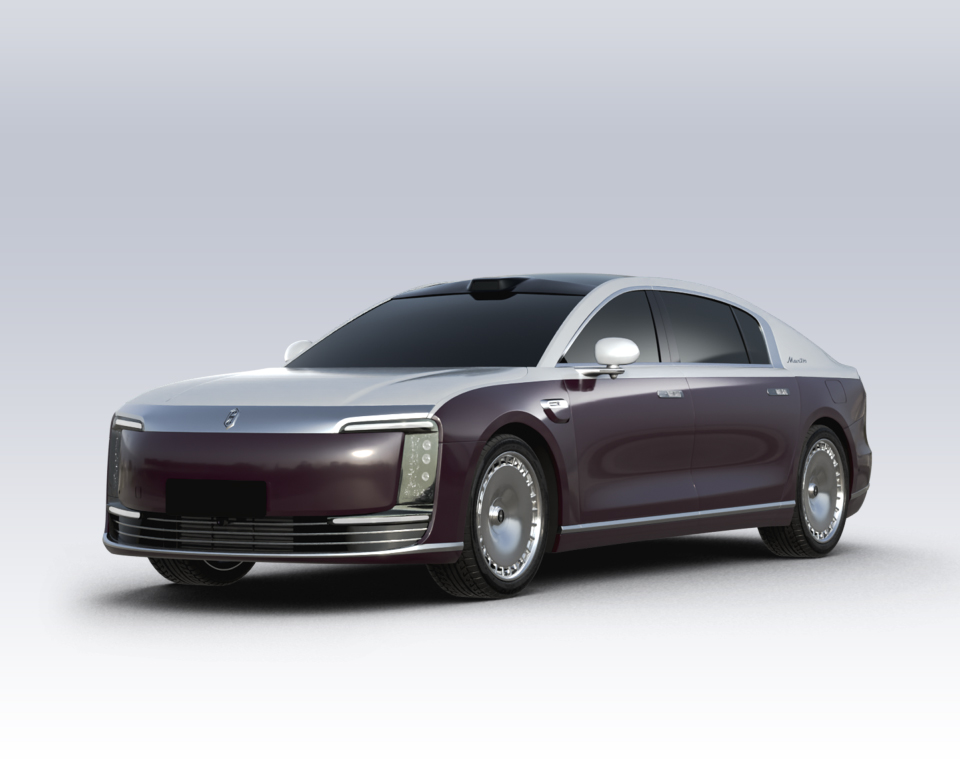Smart Adaptive Suspension System – Enhancing Comfort and Safety in New Energy Vehicles
As electric vehicles (EVs) become more advanced, One of the key innovations reshaping ride quality and safety is the Smart Adaptive Suspension System. Designed to adjust in real-time to road conditions and driving behavior, this technology is becoming a game changer—especially for modern EVs.
Catalog

What Is a Smart Adaptive Suspension System?
Smart Adaptive Suspension—also known as active or semi-active suspension—refers to a system that electronically adjusts the stiffness and damping of a car’s suspension in real time. Traditional suspensions often struggle to balance comfort and handling. In contrast, adaptive systems use data and advanced algorithms to automatically optimize damping force, ensuring a smooth and stable ride.
There are two major types:
Semi-active Suspension: Adjusts the flow of hydraulic fluid within the damper, switching between soft and firm states.
Active Suspension: Adds external actuators that actively move the suspension, counteracting body motion and improving stability.
Core Components:
Sensors (e.g., acceleration, steering angle, vehicle speed): Collect data about vehicle dynamics.
ECU (Electronic Control Unit): Uses algorithms (AI, deep reinforcement learning) to analyze data and determine damping adjustments.
Actuators/Dampers: Receive commands and adjust suspension characteristics; some systems include feedback loops for real-time optimization.
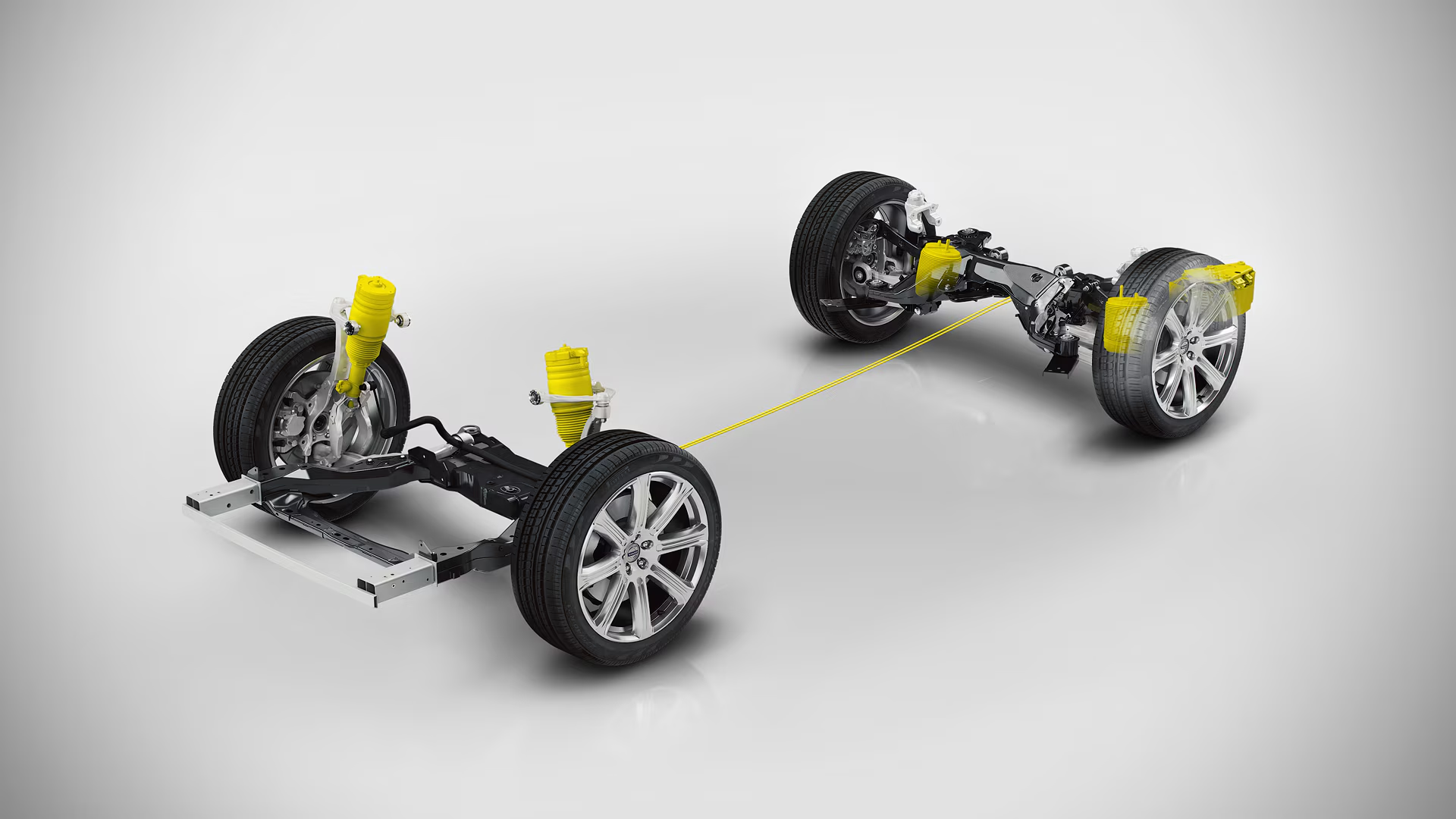
Why Do New Energy Vehicles (EVs) Need Adaptive Suspension?
EVs have unique structural challenges—most notably, the weight and placement of large battery packs. Smart suspensions directly address these challenges:
Load and Center of Gravity Management
EVs typically have a lower and more centralized center of gravity, affecting handling and comfort. Adaptive suspensions help maintain body stability and improve maneuverability.Efficiency and Range Optimization
By reducing unnecessary vehicle bounce and roll, adaptive suspensions lower energy consumption and rolling resistance—ultimately extending driving range.Market Differentiation
In the premium EV segment, ride comfort combined with sharp handling is a key selling point. Adaptive suspension is becoming a hallmark of high-end models.
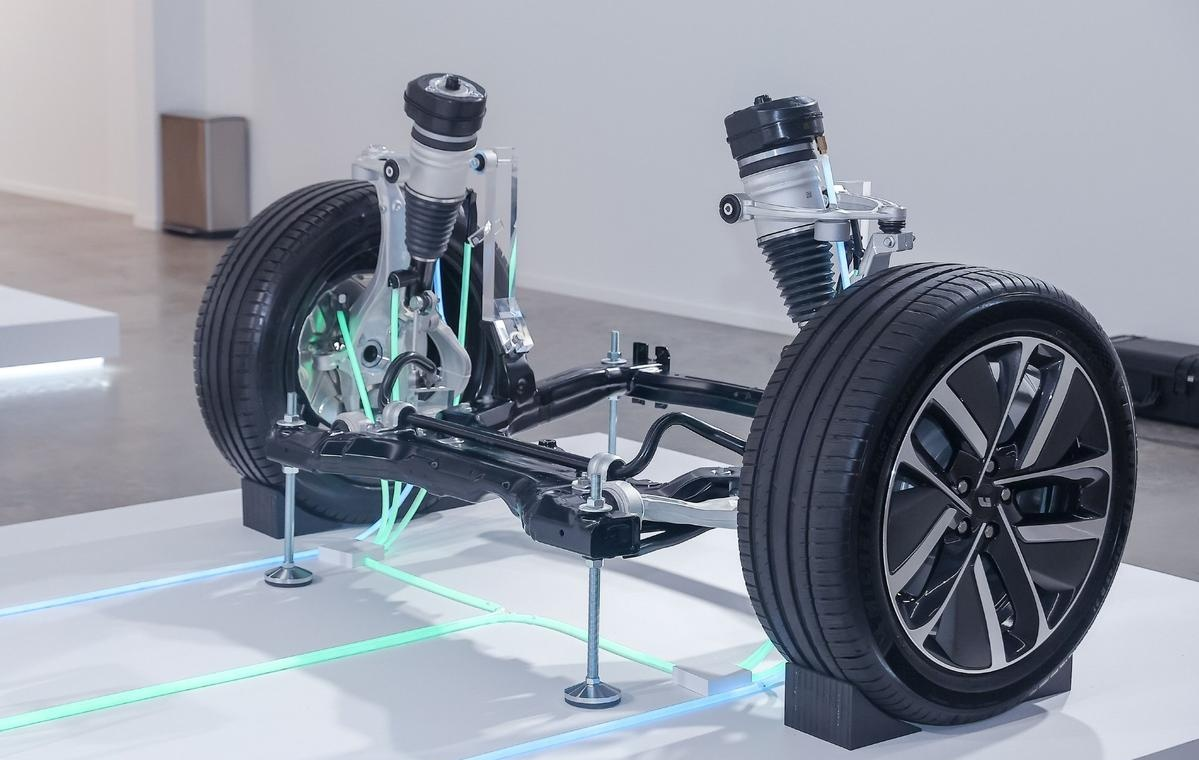
How Does It Work? (Semi-Active System Example)
Data Collection: Sensors monitor vehicle speed, body acceleration, road conditions, and steering input in real time.
Decision-Making: The ECU processes this information using AI models or rule-based logic.
Actuation: Commands are sent to modify valve positions or electronic actuators, changing damper stiffness.
Continuous Feedback: The loop runs in milliseconds to ensure constant adaptation.
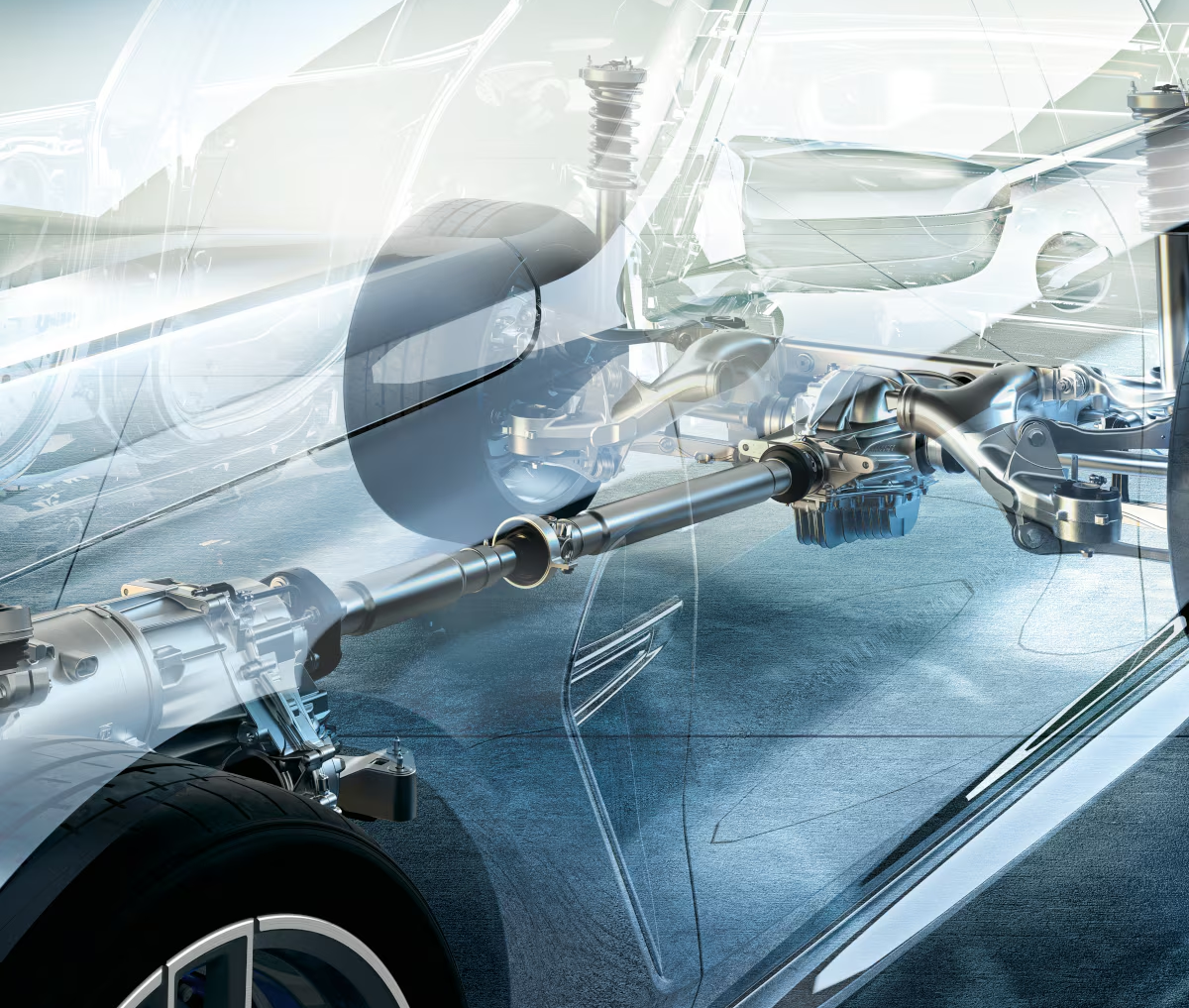
Real-World EV Applications
1. NIO ET9
Equipped with ClearMotion1 electro-hydraulic active suspension, the ET9 reduces cabin motion by up to 75%. Its famous demo—balancing a champagne tower over a speed bump—became a viral showcase. Mass production begins Q1 2025.
2. Xiaomi SU7 Max
The intelligent chassis system offers 140mm adjustment range and reacts 100x faster than traditional air springs. It boasts 44,400N lift capacity—enough to raise two full vehicles. With road preview and cloud data integration, the SU7’s “magic carpet ride” is smartphone-controlled and future-ready for autonomous driving.
3. Huawei Maextro S800
Fitted with Xmotion active suspension, it uses deep learning to read road surfaces and preemptively adjust suspension, integrating with rear-wheel steering and ADAS perception systems for a smoother, smarter drive.
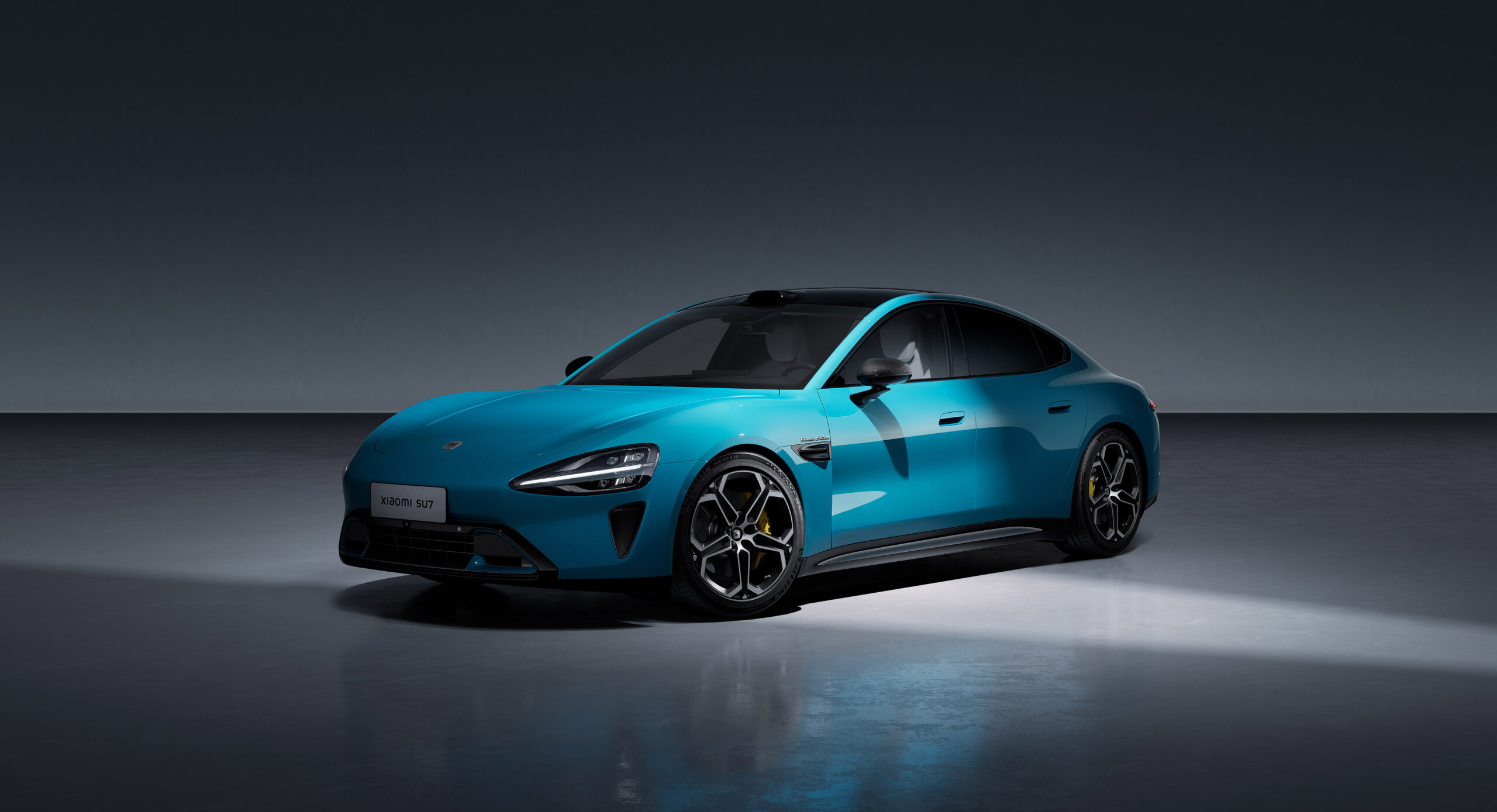
Driving Experience Transformation
| Driving Scenario | System Response | User Experience |
|---|---|---|
| High-speed cornering | Stiffens suspension to reduce body roll | Enhanced safety and control |
| Urban bumps or speed bumps | Softens suspension to absorb shocks | Smoother ride, less fatigue |
| Heavy loads or multiple passengers | Adjusts height and stiffness based on load | Maintains stability |
| Off-road or rough terrain | Pre-scans and adjusts suspension proactively | Improved off-road comfort |
Owners praise the system for its comfort—“No bump spills luggage,” while professional drivers cite better grip and cornering. Others describe it as “a voltage stabilizer for your car,” which perfectly sums up its functionality.

Innovation Trends and Future Outlook
AI-Controlled Learning Algorithms
Research shows deep reinforcement learning allows semi-active suspension to reduce shocks by 43.6% and vibration by 17.2% compared to passive systems.Road Preview with Sensors
Similar to Audi A8’s front camera scanning and LiDAR-based terrain detection, proactive adjustments ensure smoother rides.Energy-Harvesting Suspension
Institutions like MIT and ZF are working on turning suspension motion into electricity—potentially adding extra EV range.Cloud-Based OTA Updates
Over 52% of high-end models now support OTA suspension tuning, enabling personalized comfort via cloud downloads.Lightweight Design
Compact, power-efficient, and responsive systems are being developed to better fit EV platforms.
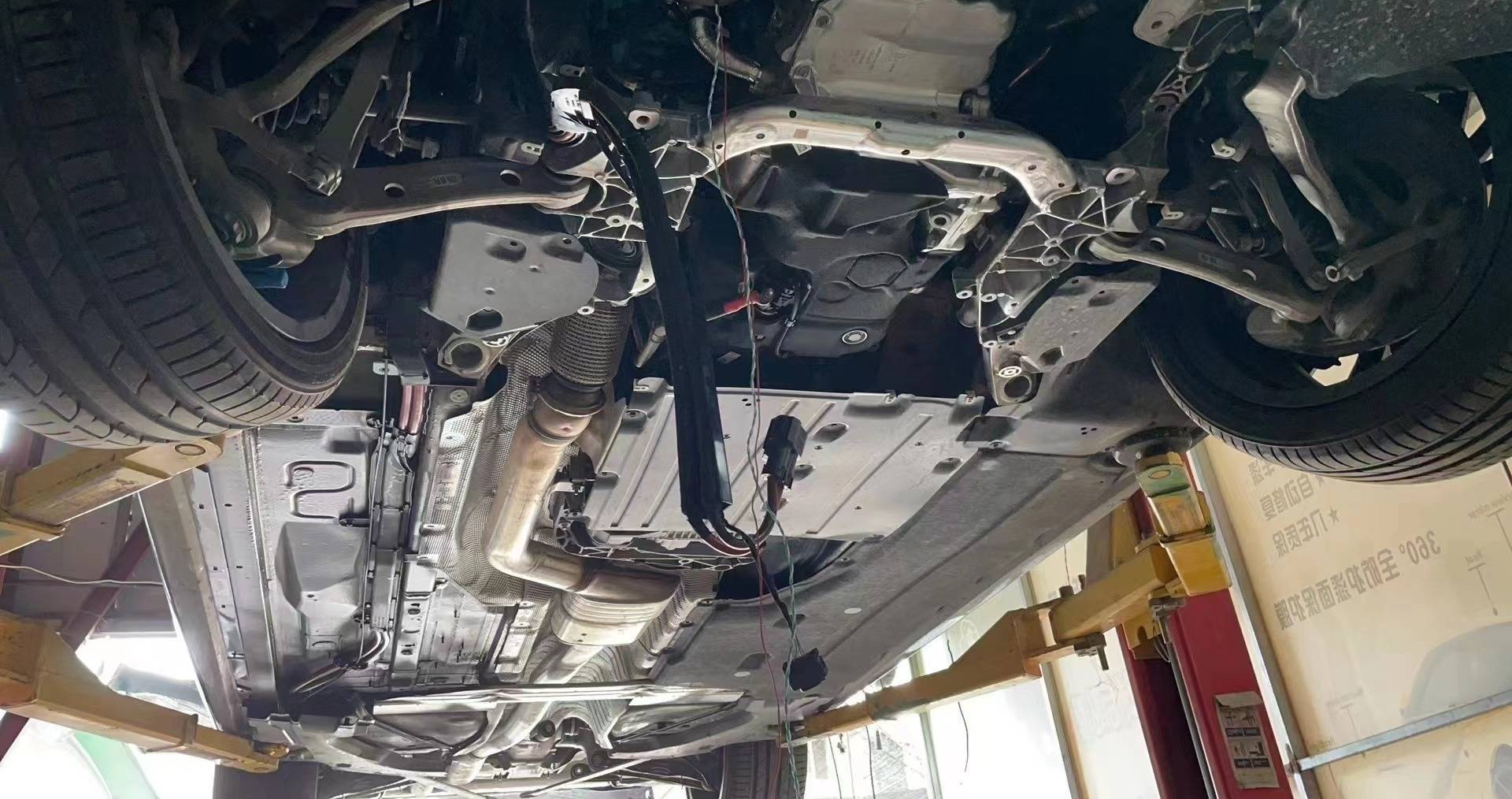
Market Adoption and Growth Forecast
Global Market: The adaptive suspension market is projected to exceed $116 million in 2025, growing to $288 million by 2033. EVs will account for nearly 38% of demand, with luxury models adopting it at a 52% rate.
Regional Development: Asia-Pacific leads with 42% R&D share, followed by North America (28%) and Europe (21%).
Domestic Innovation: Chinese brands are accelerating efforts in predictive control, OTA integration, and AI tuning—strengthening technological self-reliance.
In the next 2–3 years, “Smart Suspension + NEV” will trickle down from luxury to mid-range models, becoming a defining feature for electric cars.
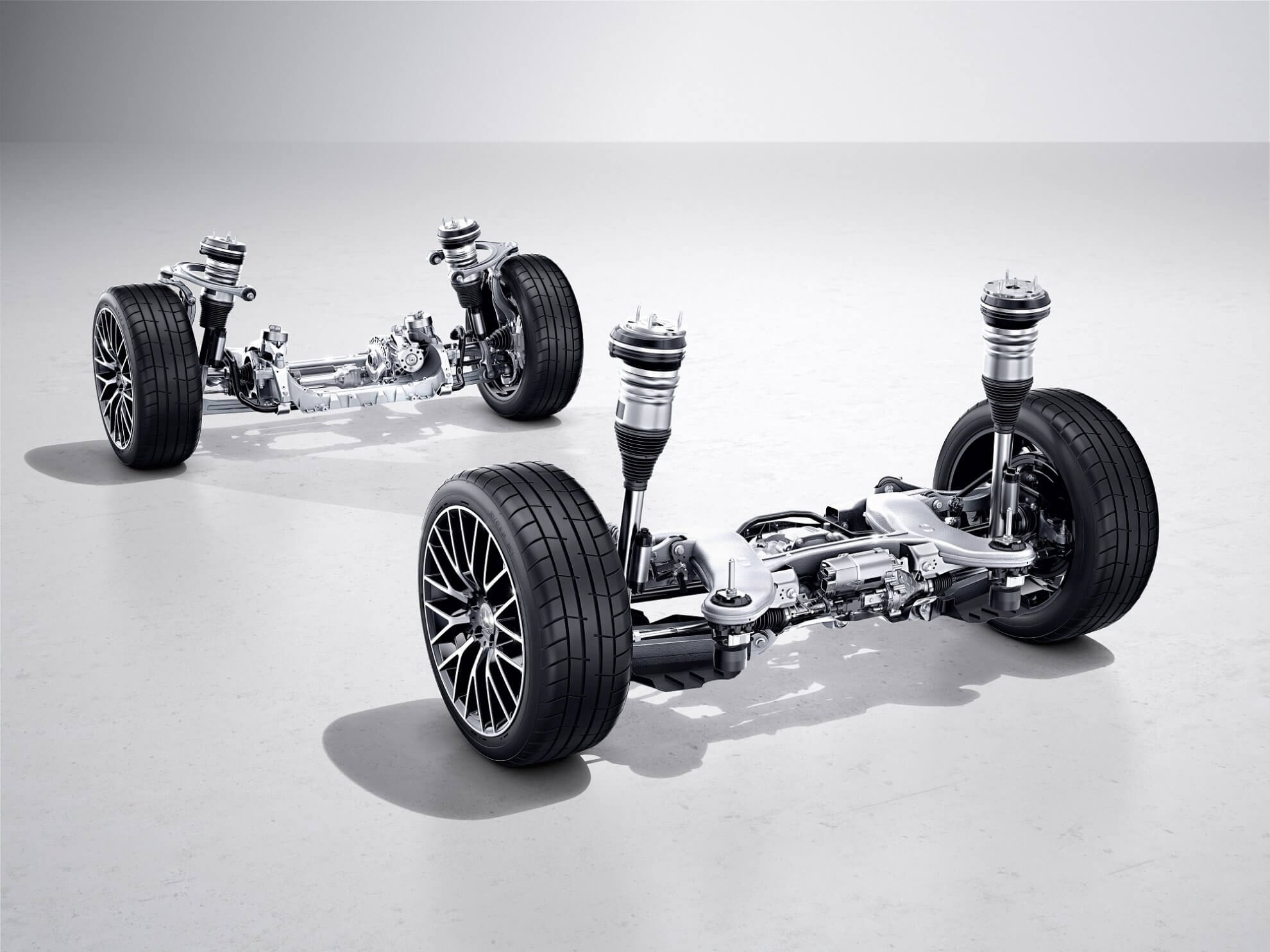
Conclusion
The smart adaptive suspension system is more than just a luxury—it’s a transformative technology that boosts comfort, safety, energy efficiency, and customization. With features like OTA updates, AI control, and potential energy recovery, it represents the future of smart mobility. As costs fall and adoption widens, expect to see this tech enhance the driving experience in more mainstream EVs—delivering a smoother, smarter journey for all.
Please explore our blog for the latest news and offers from the EV market.



